- Home
- Directory
- Shop
- Underwater Cameras - Photographic Accessories
- Smartphone Housings
- Sea Scooters
- Hookah Dive Systems
- Underwater Metal Detectors
- Dive Gear
- Dive Accessories
- Diving DVD & Blu-Ray Discs
- Diving Books
- Underwater Drones
- Drones
- Subscriptions - Magazines
- Protective Cases
- Corrective Lenses
- Dive Wear
- Underwater Membership
- Assistive Technology - NDIS
- On Sale
- Underwater Gift Cards
- Underwater Art
- Power Stations
- Underwater Bargain Bin
- Brands
- 10bar
- AOI
- AquaTech
- AxisGo
- Backscatter Underwater Video and Photo
- BLU3
- Cayago
- Chasing
- Cinebags
- Digipower
- DJI
- Dyron
- Edge Smart Drive
- Eneloop
- Energizer
- Exotech Innovations
- Fantasea
- Fotocore
- Garmin
- Geneinno
- GoPro
- Hagul
- Hydro Sapiens
- Hydrotac
- Ikelite
- Indigo Industries
- Inon
- Insta360
- Intova
- Isotta Housings
- Jobe
- JOBY
- Kraken Sports
- LEFEET
- Mirage Dive
- Nautica Seascooters
- Nautilus Lifeline
- NautiSmart
- Nitecore
- Nokta Makro
- Oceanic
- Olympus
- OM System
- Orca Torch
- Paralenz
- PowerDive
- QYSEA
- Scubajet
- Scubalamp
- Sea & Sea
- SeaDoo Seascooter
- SeaLife
- Seavu
- Shark Shield
- Sherwood Scuba
- Spare Air
- StickTite
- Sublue
- Suunto
- SwellPro
- T-HOUSING
- Tusa
- U.N Photographics
- Venture Heat
- XTAR
- Yamaha Seascooter
- Youcan Robot
The Eastern Blue Groper - The friendliest fish in the sea.
Contributed by Kade

I'm not sure whether it is correct to imply that a fish is 'friendly', but the Eastern Blue Groper (Achoerodus viridis) certainly is inquisitive. Found on rocky reefs from Hervey Bay to Wilsons Promontory, Eastern Blue Gropers have what is nothing short of celebrity status. They are named, photographed and frequently talked about in dive stores. NSW Premier Bob Carr has describedBlue a blue groper found at Clovelly Pool as hismat. They greet you upon entering the water or after they hear you call them by banging your hand or knife against a rock. Their size often startles a new diver, but one look at their big eyes and their dopey face and all fears are allayed.
Interestingly, the Easter Blue Groper is not actually a groper (Family Serranidae) but a wrasse (Family Labridae). It is most likely that there size (grows up to 1.2m) led them to be incorrectly labeled a groper.
Protection of the Eastern Blue Groper
Unfortunately their inquisitive nature, lack of fear for underwater human visitors and their culinary appeal led to them being a popular target for spearfishers. They were taken in such large numbers that concerns for the survival of the species led to their protection in 1969 from all types of fishing. In 1974 the ban on commercial and recreational fishing was lifted only to be reintroduced for commercial fishing in 1975 by banning the use of bottom-set gill nets after concerns over the large numbers caught. By 1980 the sale of Eastern Blue Groper was made illegal and there is an $11,000 fine if you are caught spearing a Blue Groper. It was made the Fish Emblem of NSW in 1996 and then promoted to the states Marine Emblem in 2000. They can still be taken by recreational line fishers, however there is a bag limit of two fish per day.
Sex Life
The Eastern Blue Groper like most wrasses has a fascinating sex life. When born they are all female and coloured green, they mature in the sheltered seagrass beds of bays and estuaries before moving out to rocky reefs. On the reefs juveniles change colour to a brownish/red colour when sexually mature. It is only after a female has bred at least once, will it change sex and colour. Exactly what triggers a change in sex is not yet clearly understood although it is believed that the removal or death of a male may result in the largest female changing sex or that if the ratio of males to females reaches some critical point. One thing that is certain however is that all the beautiful big Eastern Blue Gropers that divers play with is male.
Diet
The diet of the Eastern Blue Groper is mostly carnivorous. Juveniles living in seagrass beds feed mainly on small crustaceans, with their diet changing to consist of one dominated by mussels and sea urchins on rocky reefs. A sea urchin with all it protective spines, hardly seems like an easy meal, but the Eastern Blue Groper is capable of flipping them over and then, with a powerful lunge, it cracks open the relatively unprotected area around the sea urchins mouth.
It may have been that divers witnessed this clever feat and decided to make life easier for them by offering them a free feed, because it was once common practice for many divers to feed urchins to Eastern Blue Gropers. This practice is not encouraged as we are only visitors underwater and as such should only be observing this amazing world and not altering it in ways we do not understand.
WINNER best story August 2003
Shopfront
-
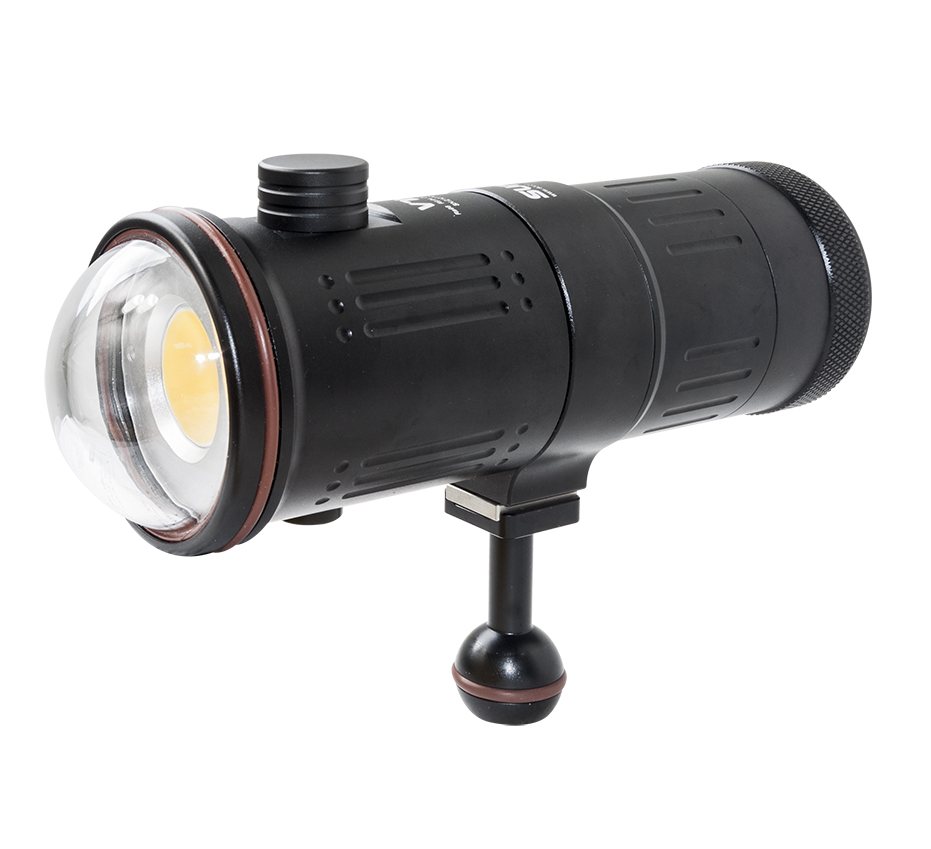 Scubalamp V7K Photo/Video Light - 15,000 lumens
Scubalamp V7K Photo/Video Light - 15,000 lumens
- Price A$ 1,699.00
-
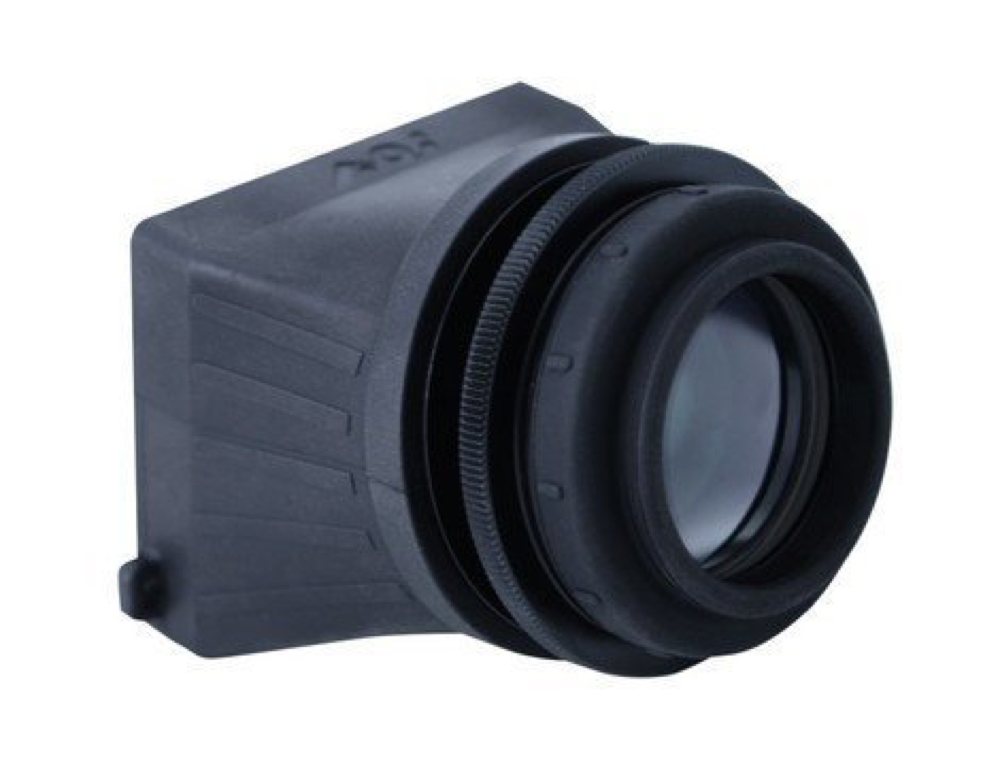 AOI UMG-01 LCD Underwater Magnifier for Olympus and OM System
AOI UMG-01 LCD Underwater Magnifier for Olympus and OM System
- Price A$ 269.00
-
 Kraken 5.5-inch Ultra Bright Underwater Monitor - 4K
Kraken 5.5-inch Ultra Bright Underwater Monitor - 4K
- Price A$ 2,499.00
In the Directory





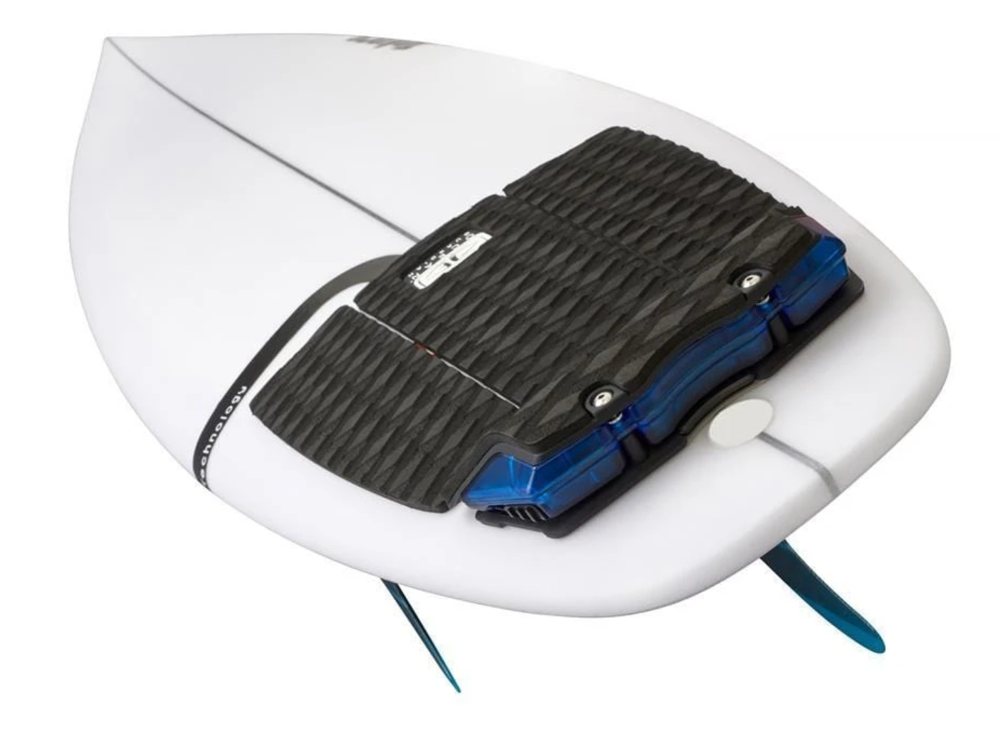
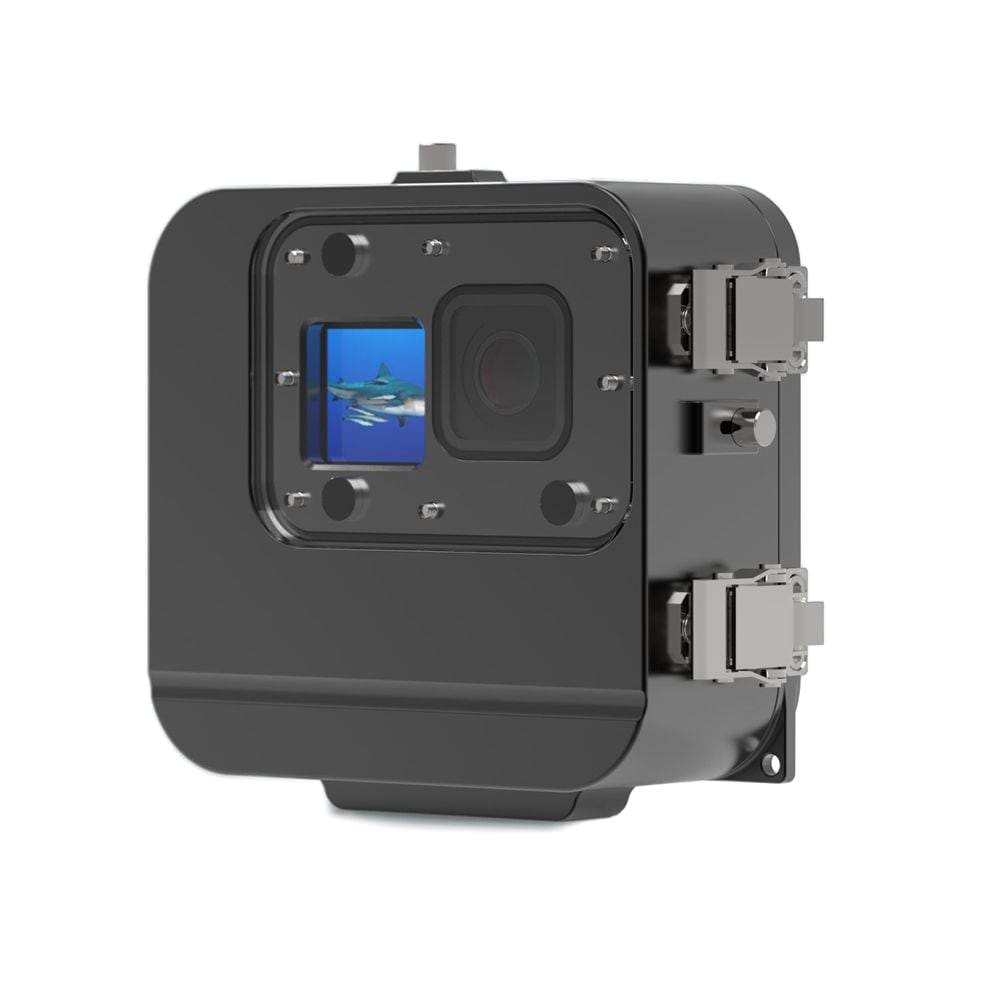

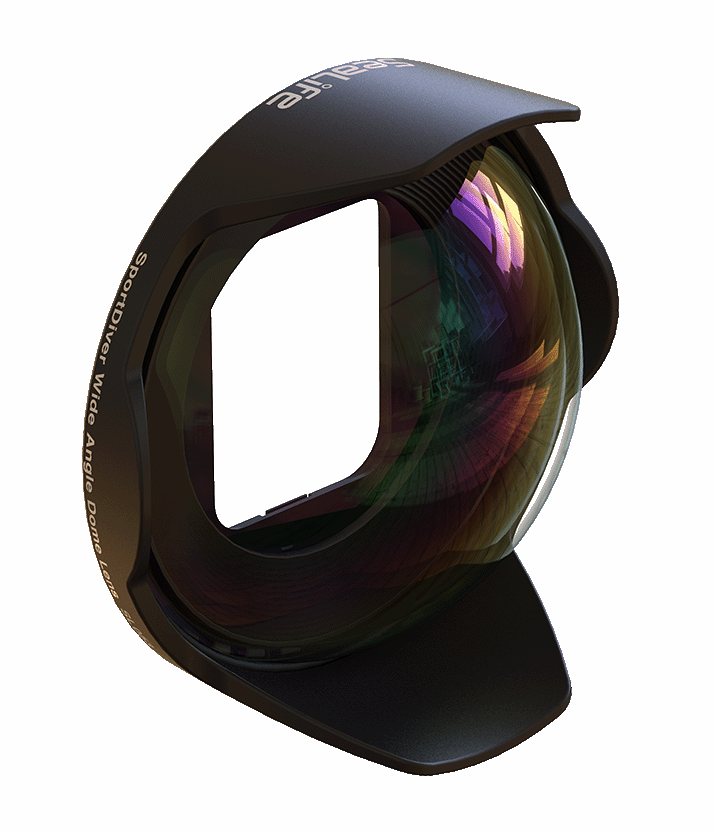
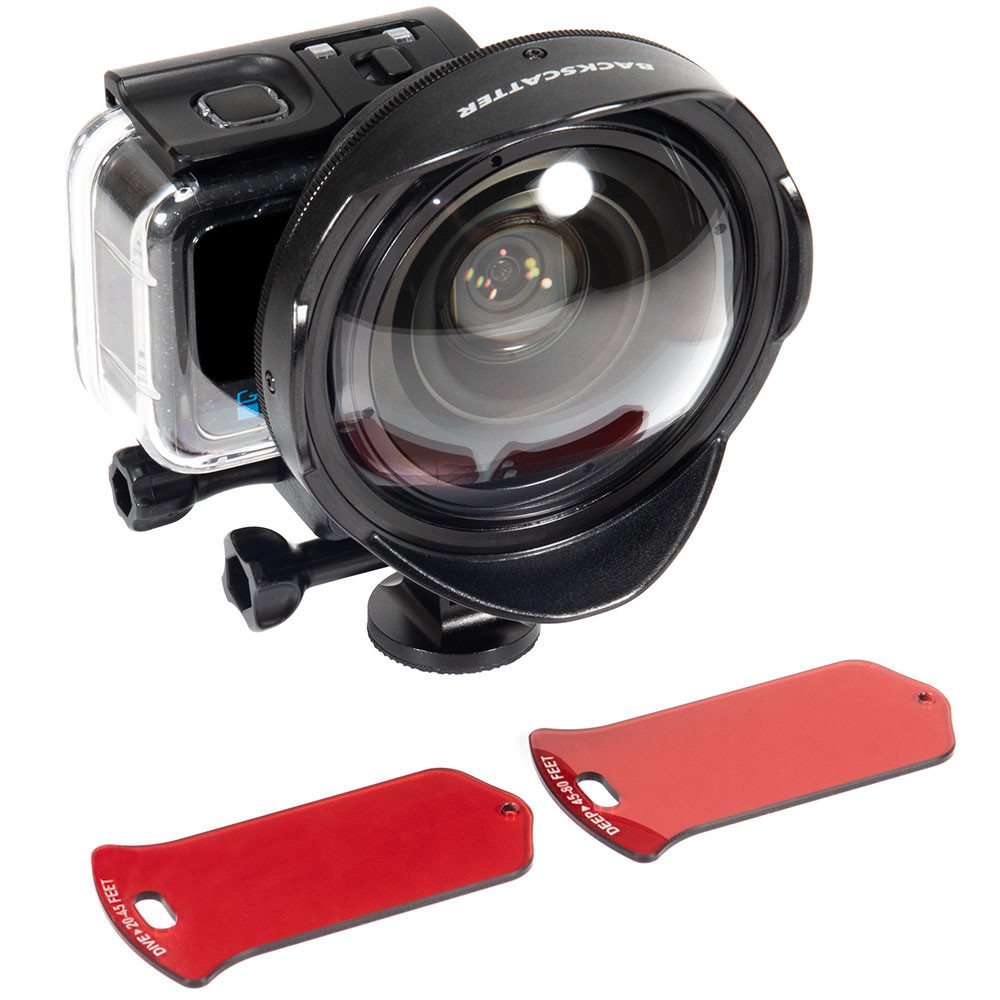

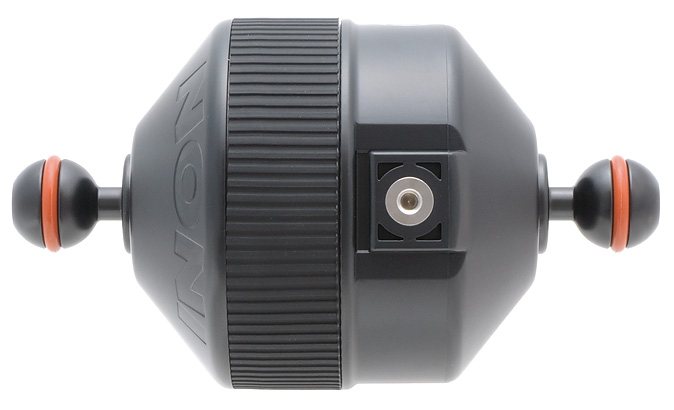
 Scubalamp PV22 V3 LED Video/Photo Light - 2000 lumens - UV option
Scubalamp PV22 V3 LED Video/Photo Light - 2000 lumens - UV option 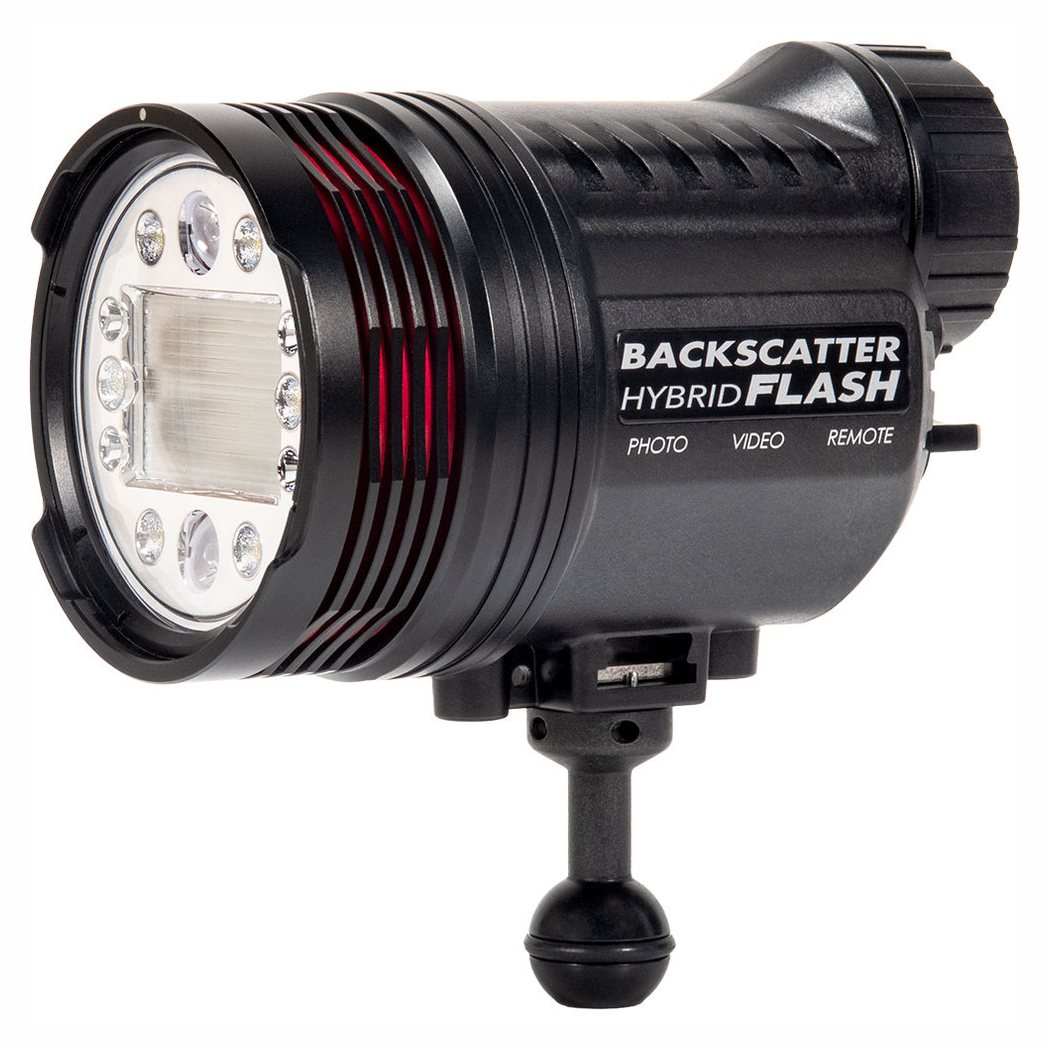 Backscatter Hybrid Flash Underwater Strobe & Video Light HF-1 - FREE BATTERIES
Backscatter Hybrid Flash Underwater Strobe & Video Light HF-1 - FREE BATTERIES 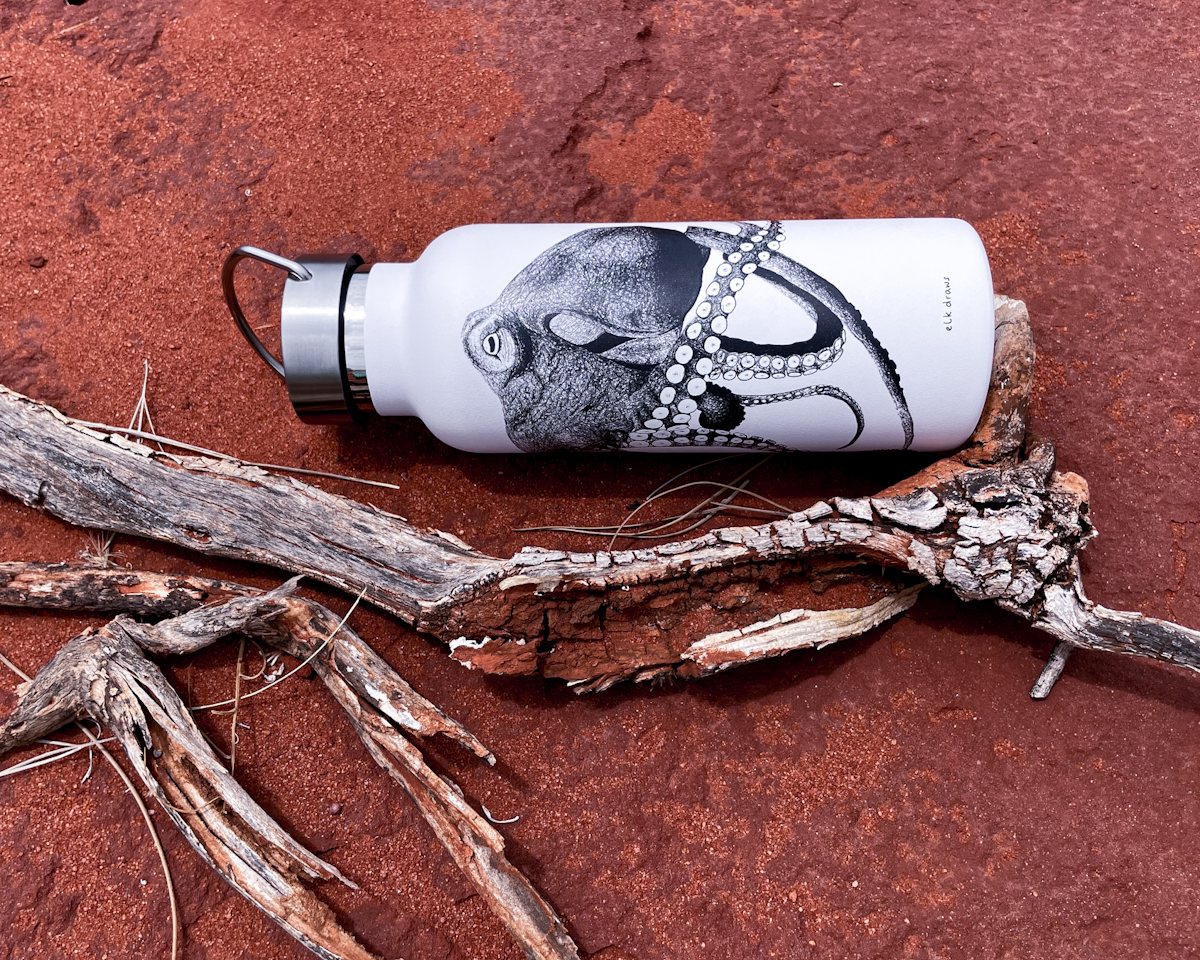 Underwater X Elk Draws Stainless Steel Insulated Water Bottle for Mental Health - Octopus
Underwater X Elk Draws Stainless Steel Insulated Water Bottle for Mental Health - Octopus 




